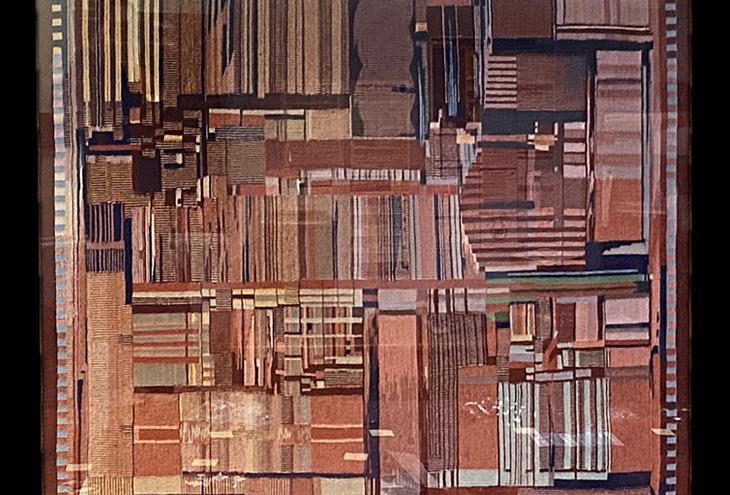Intel’s engagement with Native American communities spans more than two decades, dating back to the early 1990s when Craig Barrett, Intel’s former CEO, commissioned Marilou Schultz, a Navajo weaver and math teacher, to weave an image of the Pentium microprocessor into a rug. During Barrett’s keynote speech at the 1994 AISES National Conference in Santa Clara, Calif., he presented the weaving as a gift to AISES to commemorate Intel’s relationship with and support of AISES. The rug is still on display at the AISES national headquarters in New Mexico.
Intel has continued Barrett's commitment to Native American communities in a number of ways. In 2009, the $50,000 Intel Scholarship was created to reward AISES student members for their technical and leadership accomplishments and interest in computer science. Over the years, Intel has increased its scholarship contribution to AISES by six times ($330,000 per year) to create more opportunities for Native American students to pursue majors in computer science and related engineering disciplines. In 2015, the Intel Native American Network Employee Resource Group contributed more volunteer hours than all the other Employee Resource Groups at Intel. Their 2,294 volunteer hours translated to about $22,940 in volunteer matching grants from the Intel Foundation.
In 2016, Intel hosted Growing the Legacy of Native American Leadership in Science and Technology: A Thought Leadership Event in partnership with the National Center for Women and Information Technology (NCWIT). The goal for the event was to gather insights that would inform Intel’s multiyear strategy to close representation gaps for women, African Americans, Hispanics, and Native Americans. Key leaders in academia, government, tribal nations, nonprofit organizations, and the tech industry convened to discuss the state of technology in Native American communities, identify gaps, and create actionable steps for increasing Native American student participation and retention in STEM education. The resulting recommendations were outlined in a whitepaper, “Collaborating to grow the Pathway of Native Americans in STEM,” and these insights were used to shape and inform Intel’s comprehensive Native American strategy.
In 2018 Intel began assisting AISES with its Next Generation of Native American Coders program, which started with three schools on the Navajo Nation. AISES has been instrumental in helping expand the program by offering the Applied Computer Science Principles and Career Readiness Course to two additional schools for the fall 2020 school year. This two-semester course combines applied computer science, engineering, and college and career readiness in technology and engineering fields. The course features culturally contextualized lessons to further engage Native learners. The goal of the course is to prepare students for computer science degrees and careers through hands-on independent projects; technical education integrating Native culture; interactive computer science skill-building activities; professional and peer mentorship; and college, career, and leadership development.











